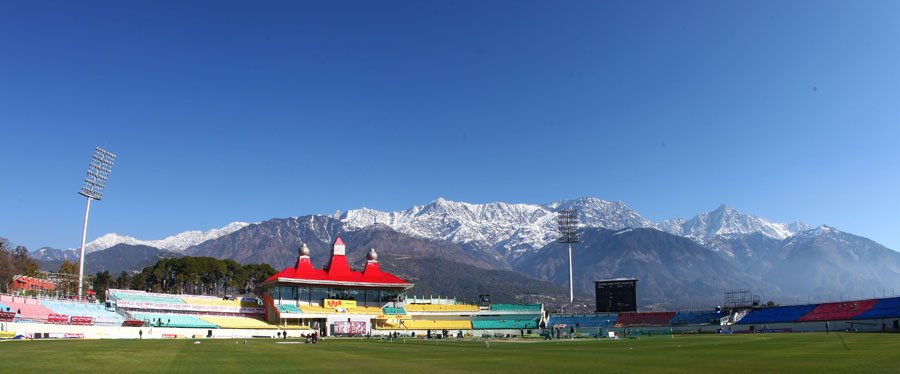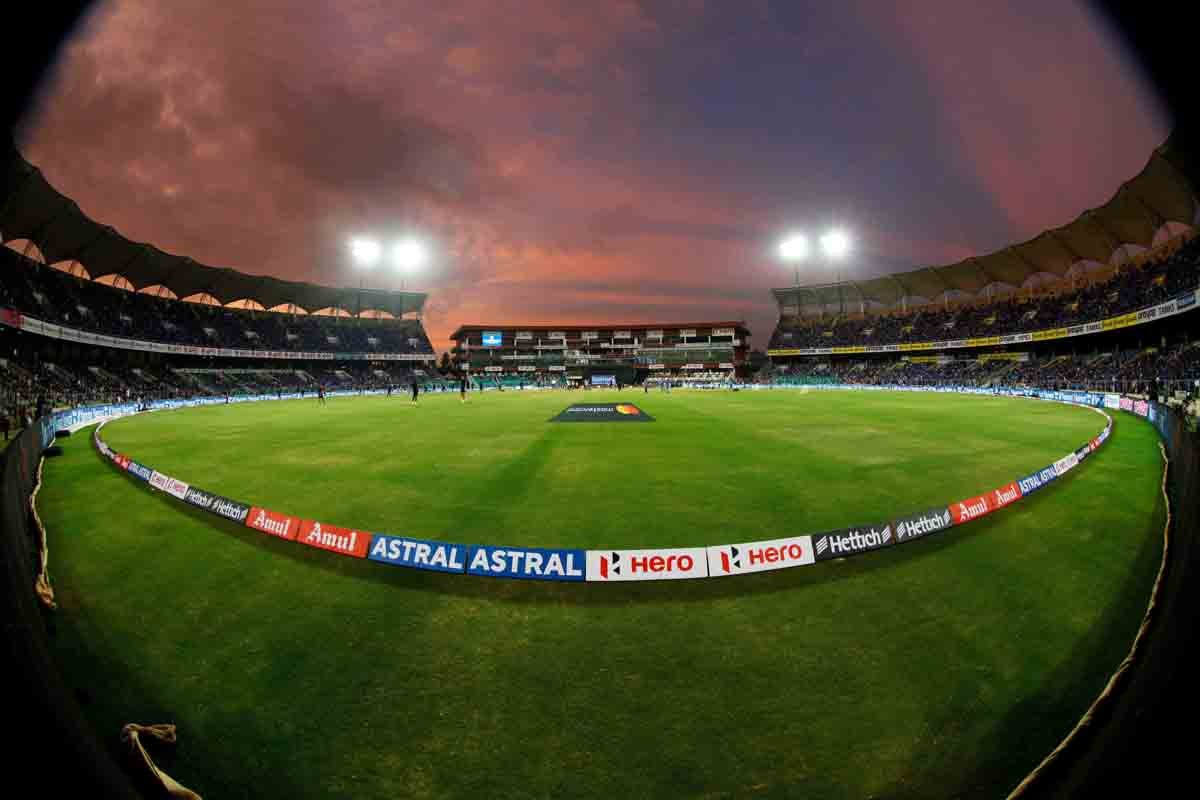Contents
small cricket stadium in india
The Charm of the Compact: Exploring India’s Small Cricket Stadiums
India, a nation where cricket is more than just a sport, boasts some of the most iconic and massive cricket stadiums in the world. From the Narendra Modi Stadium in Ahmedabad, the world’s largest cricket stadium, to the historic Eden Gardens in Kolkata, these grand arenas resonate with the roar of passionate crowds and the echoes of legendary matches. However, nestled amidst these giants lie a different breed of cricket grounds – the small stadiums. Often overlooked, these compact venues offer a unique cricketing experience, brimming with intimacy, local flavor, and a special connection between players and spectators.
There’s no single definition of a “small” stadium in cricket. It can be based on seating capacity, boundary dimensions, or a combination of both. In India, stadiums with capacities below 30,000 can generally be considered on the smaller side. Two strong contenders for the title of India’s smallest stadium are:
-
Arun Jaitley Stadium (Feroz Shah Kotla Ground), Delhi: Steeped in history, this stadium has witnessed some of the most thrilling encounters in Indian cricket. With a capacity of around 35,000, it offers a close-up view of the action, making the atmosphere electric. The iconic Kotla Fort overlooking the ground adds a touch of grandeur to the experience.
-
Greater Noida Sports Complex Ground, Greater Noida: This relatively new stadium boasts a seating capacity of approximately 20,000. While it hasn’t hosted many high-profile matches yet, it offers a modern infrastructure and the potential to become a vibrant center for cricket in the region.
Beyond these two, there are several other small stadiums scattered across the country, each with its own story to tell:
-
Himachal Pradesh Cricket Association Stadium (HPCA Stadium), Dharamshala: Nestled amidst the picturesque Dhauladhar mountains, this stadium with a capacity of 21,000 or 27000 offers breathtaking scenery alongside the thrill of the game. The sight of snow-capped peaks forming a backdrop for the action is truly unmatched.
 small cricket stadium in india
small cricket stadium in india
-
Sawai Mansingh Stadium, Jaipur: This historic stadium, nicknamed “The Pink City Cricket Ground,” can accommodate around 23,000 spectators. Known for its spin-friendly wickets, it has witnessed some of the finest bowling spells in Indian cricket.
-
Moin-ul-Haq Stadium, Patna: This stadium in Bihar, with a capacity of around 25,000, is a vital platform for budding cricketers in the region. It fosters a passionate cricketing environment and has the potential to become a major cricketing center in Eastern India.
The charm of these small stadiums lies in their intimate setting. Spectators are closer to the action, creating a more immersive experience. The atmosphere is often less commercialized and more community-driven, with local fans cheering their heroes with a fervor that resonates through the stands. These grounds often serve as launchpads for young talents, providing them with a platform to showcase their skills before a passionate local audience.
There are, however, challenges associated with smaller stadiums. Limited seating capacity restricts the number of spectators who can witness a match. Additionally, these grounds might lack the resources and infrastructure compared to their larger counterparts. Upgrading facilities, improving amenities, and attracting sponsorships are crucial aspects for the future development of these stadiums.
Despite the challenges, small stadiums hold a special place in the Indian cricketing landscape. They are not just venues for the sport; they are cultural hubs that nurture local talent, foster a love for the game, and create lasting memories for players and fans alike. As Indian cricket continues to evolve, these compact grounds serve as a reminder of the sport’s grassroots and the enduring passion that fuels it in every corner of the country.
Here are some additional points to consider for a more comprehensive article:
- Historical Significance: Explore the history of some of these small stadiums and the iconic matches they have hosted.
- Local Heroes: Discuss the role these stadiums play in nurturing young talent and highlight some local cricketing heroes who emerged from these grounds.
- Future Development: Explore initiatives and plans for upgrading the infrastructure and facilities of small stadiums.
- Fan Culture: Delve into the unique fan culture associated with these smaller venues, highlighting the passion and support of local communities.
By incorporating these elements, you can create a well-rounded article that celebrates the unique charm and significance of small cricket stadiums in India.





